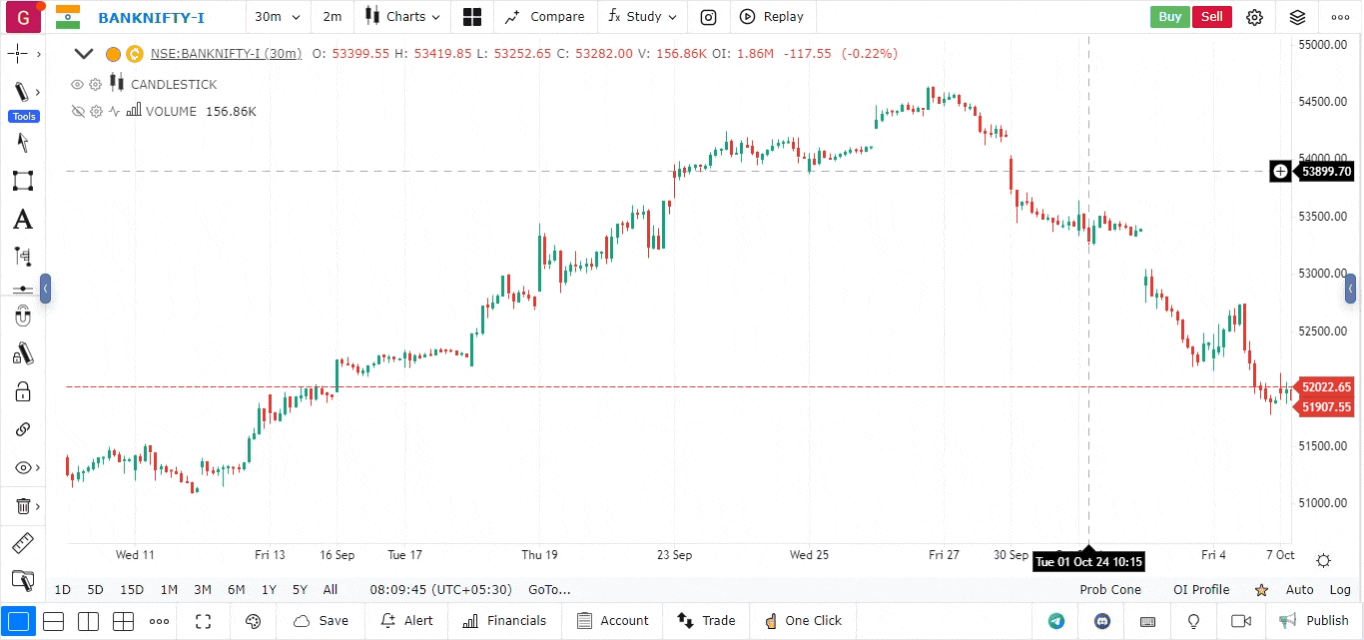Moving Average Envelopes (MA Envelopes)
The Moving Average Envelopes (MA Envelopes) is a technical analysis indicator that consists of two lines plotted above and below a moving average. These envelopes help traders identify potential overbought or oversold conditions in the market, as well as trends and potential price reversals. You can easily implement MA Envelopes to enhance your trading strategies. Below is a detailed overview of MA Envelopes and how to use them.
What are Moving Average Envelopes?
Moving Average Envelopes are constructed by taking a moving average (such as a Simple Moving Average or Exponential Moving Average) and adding and subtracting a percentage of that moving average to create the upper and lower bands. This creates a channel that can help identify potential price reversals.
How to Calculate MA Envelopes
-
Select a Moving Average Type:
- Choose the type of moving average (SMA, EMA, etc.) and the period to be used for calculations.
-
Calculate the Moving Average (MA):
- MA = Moving Average of closing prices over a specified period
-
Determine the Envelope Percentage:
- Select the percentage to use for the upper and lower bands (e.g., 2%).
- Upper Band:
- Lower Band:
How to Add MA Envelopes
-
Open the platform:
- Navigate to the platform and select the asset you wish to analyse.
-
Add MA Envelopes Indicator:
- Click on the Indicators menu in the top toolbar.
- Search for “MA Envelopes” in the search bar.
- Click on the MA Envelopes indicator to add it to your chart.

-
Configure Settings:
- You can customize the settings based on your trading strategy. Common settings include:
- Moving Average Type: Choose between Simple Moving Average (SMA) or Exponential Moving Average (EMA).
- Period: Set the number of periods for the moving average (e.g., 20, 50).
- Percentage: Define the percentage used to calculate the upper and lower bands (e.g., 2%).
- Colour and Line Style: Adjust the colours and styles of the lines for better visibility.
- You can customize the settings based on your trading strategy. Common settings include:
How to Interpret MA Envelopes
-
Trend Identification:
- When the price is above the upper envelope, it may indicate an overbought condition and a potential reversal or pullback.
- When the price is below the lower envelope, it may indicate an oversold condition and a potential upward reversal.
-
Buy and Sell Signals:
- Buy Signal: A buy signal may occur when the price touches or crosses the lower envelope and starts to reverse upward.
- Sell Signal: A sell signal can be generated when the price touches or crosses the upper envelope and starts to reverse downward.
-
Volatility Assessment:
- The distance between the upper and lower envelopes indicates market volatility. Wider envelopes suggest higher volatility, while narrower envelopes indicate lower volatility.